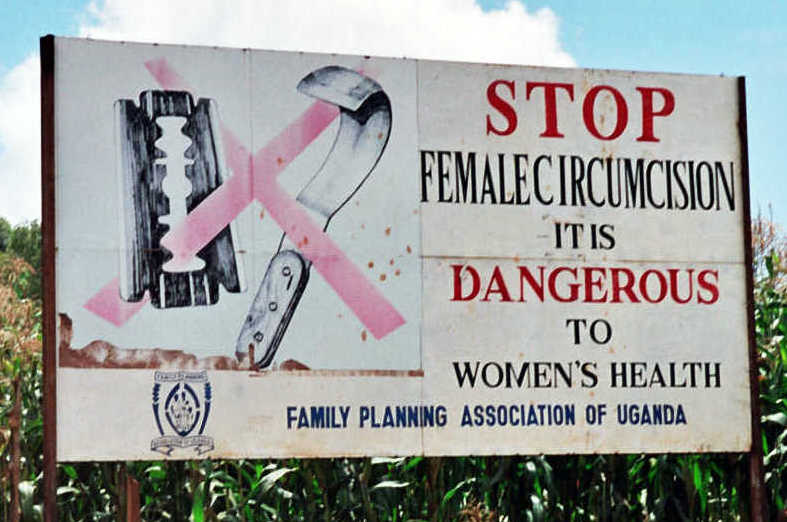Female Genital Mutilation Is a Stubborn Problem, but Education Helps according to a WHO report
Female genital mutilation is still prevalent in some Arab and African countries, but new research in Sudan and Somalia shows that educational interventions at the secondary school level are successful in convincing teenage girls that the practice has serious health consequences. It is too late for many of those girls to protect themselves from the procedure, but the researchers hope they may grow up to not perpetuate it on their own children.
Others working to end female genital mutilation, or FGM, hope that such
school-based health education efforts will be part of the fight against the
practice.
The World Health Organization defines female genital mutilation—also known
as female circumcision—as a violation of human rights in which parts of the
female genitalia are intentionally altered or removed for no medical reason.
This can involve the amputation of the clitoris, labia majora and or labia
minora. Sometimes the procedure also includes the repositioning of these organs
through cutting and stitching.
The consequences vary person to person and depend on the severity of the
procedure. In the short term, bleeding and shock due to pain are not uncommon
and if the mutilation is done without sterilized blades, an infection is
likely. In the longer term, childbirth can be difficult and risky to both
mother and child. Sexual intercourse can also be painful and, depending on the
age at which a girl is cut, she may also suffer mental-health problems as a
result of the trauma if she can remember the event.
Those who are trying to reduce the practice say it’s an uphill battle
because there has been little achievement in replicating successful
interventions from one country to another.
In the new study, published in the World Health Organization’s Eastern
Mediterranean Health Journal, public health experts conducted an educational
intervention in two secondary schools in Sudan, targeting 154 girls between the
ages of 14 and 17 who had consented to be part of the research. Close to
one-third of those girls had already been subjected to female genital
mutilation.
The precise number of girls and women who have undergone female genital
mutilation has not been determined, but UNICEF estimates the figure is at least
200 million spread across 30 countries, mainly in sub-Saharan Africa and Arab
countries. Somalia and Djibouti have the highest prevalence of the practice in
the Arab region, with 98 percent and 93 percent, respectively, of girls and
women above the age of 15 having been subjected to the procedure.
In both Egypt and Sudan that figure is 87 percent, and in Mauritania it is
69 percent. The practice is less common in Yemen, at 21 percent, and Iraq, at 9
percent.






